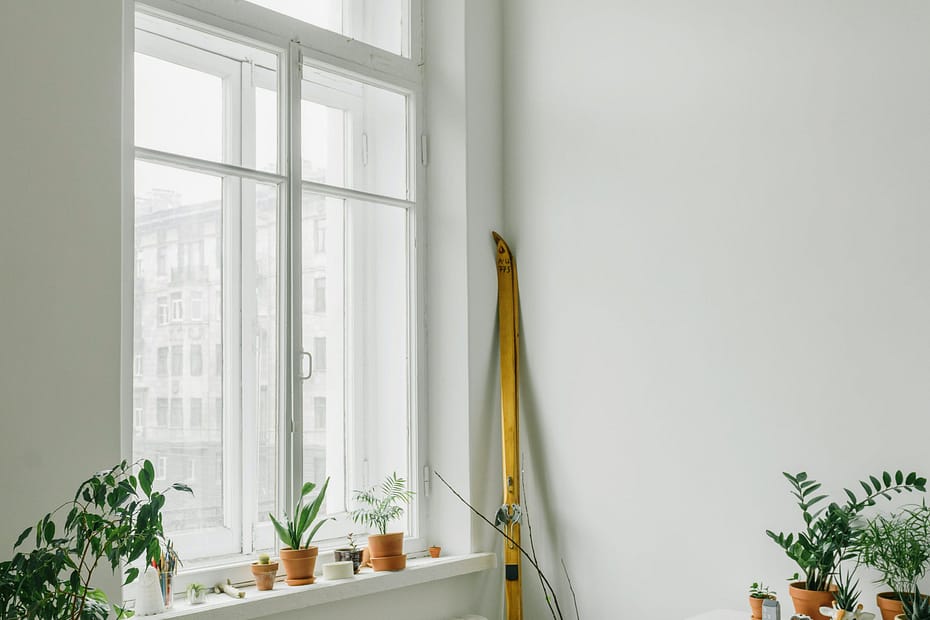Homeowners of today are looking for more and more ways to design their houses using sustainable ideas. When our homes reflect our values and lifestyle preferences, it becomes clear how important it is to embrace sustainable interior design principles.
Incorporating sustainable interior ideas improves your home’s aesthetic appeal and practicality while also contributing to environmental preservation. With a strong dedication to executing sustainable building methods, Excel Builders offers a plethora of experience to guarantee the integration of eco-friendly solutions into your living areas. Here are four of the best eco-friendly interior design concepts that can turn your house into a sanctuary for environmentally conscious living:
Select Rattan Furnishings
Rattan, being a renewable material, is a stylish and environmentally conscientious furniture option that adds a touch of natural beauty to your house. Because of its sturdy construction and low weight, it’s a great choice for a variety of furniture pieces. This applies to tables, chairs, and even light fixtures. Because rattan is so versatile, it can be used to create a wide range of styles, from traditional to modern. So there’s sure to be a look to suit any taste.
Rattan furniture usually requires less finishing and processing, which reduces its environmental impact. Choosing rattan furniture for your house can encourage sustainable living while adding a classic, natural appeal.
Include Indoor Plants
It’s a green design tactic to include some greenery into your indoor areas.
Not only do indoor plants look great, but they also improve air quality by eliminating toxins and absorbing carbon dioxide. For a vibrant and healthy living atmosphere, mix and match a variety of plants to liven things up.
When choosing plants, consider sustainability and opt for repurposed or recycled planters and pots. Repurposed wooden crates or vintage containers can be given new life and become adorable plant holders. It’s a unique addition that enhances the look of your area and fulfills sustainability requirements. It also gives your house a little more of a natural feel, which is comforting.
Install Efficient Lighting Solutions
The mood of a space is substantially influenced by lighting.
Additionally, you can significantly lessen your environmental effect by choosing energy-efficient options. Compared to incandescent lights, LED lighting usually uses less energy and has a longer lifespan. LEDs can thereby reduce your carbon footprint and your electricity costs.
Include lots of natural light in the design of your house. Large windows, skylights, and mirrors positioned well let in plenty of natural light so you don’t need to use the inside lights when the sun isn’t out. Less energy is used as a result, and there is increased time spent outside.
Include Smart Home Technology
One creative way to improve the sustainability of your living space is to include smart home technologies. Installing smart thermostats reduces energy use and costs by enabling accurate temperature management.
These smart appliances can maximize energy use without sacrificing comfort by automatically adjusting the heating and cooling system based on your daily routine.
Additionally, you may control and automate your home’s lighting using intelligent lighting systems. Therefore, ensuring that lights are only turned on when needed. One way to help save energy is to program motion sensors and timers to turn off lights automatically when a room is empty.
Conclusion
Sustainable interior design is a conscious and conscientious decision that has long-term benefits for the environment and your own wellbeing. It’s not just a fad. By implementing these design concepts, you may create a sustainable haven as well as a stylish area.
These smart appliances can maximize energy use without sacrificing comfort by automatically adjusting the heating and cooling system based on your daily routine.
Additionally, you may control and automate your home’s lighting using intelligent lighting systems, ensuring that lights are only turned on when needed. One way to help save energy is to program motion sensors and timers to turn off lights automatically when a room is empty.
More on INJ Architects:

